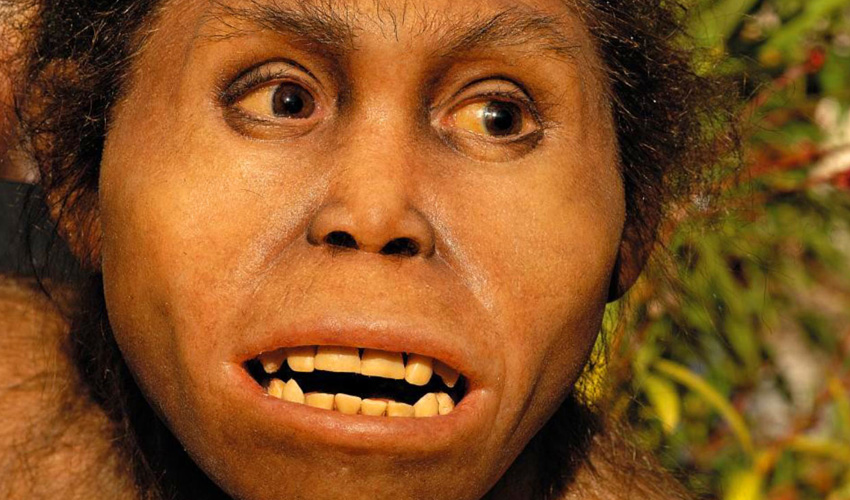Scientists have uncovered fossilised footprints in northern Kenya that reveal a remarkable interaction between two ancient human species 1.5 million years ago.
Found at Koobi Fora near Lake Turkana, the footprints showed that Paranthropus boisei and Homo erectus shared the same habitat, offering new insights into their coexistence and evolutionary paths.
The discovery included 12 footprints attributed to Paranthropus boisei and three isolated prints linked to Homo erectus*.
Researchers believed the tracks were made within hours or days of each other, suggesting that individuals of these species may have crossed paths in their shared lakeshore environment.
“The fossil footprints provide us a clear picture of that instant in time, 1.5 million years ago,” said Louise Leakey, director of the Koobi Fora Research Project. “The different human ancestors may well have passed by each other, wading in the shallow water, possibly hunting and gathering.”
Paranthropus boisei was smaller, standing up to 4 feet 6 inches tall, with a robust skull and large molars adapted for heavy chewing. Their footprints suggest a flat-footed gait, more similar to chimpanzees. In contrast, *Homo erectus*, with body proportions closer to modern humans, stood between 4 feet 9 inches and 6 feet 1 inch tall and had an advanced walking gait.
The site also provided evidence that these species coexisted in the region for over 200,000 years.
Researchers suggested dietary differences—Paranthropus boisei relying on tough plant material and Homo erectus consuming an omnivorous diet, including meat—may have minimized competition for resources.
“These tracks offer a glimpse into the behavior and environments of these ancient species that skeletal remains or tools cannot provide,” noted Neil Roach of Harvard University.
While Paranthropus boisei eventually went extinct, Homo erectus thrived and became the first human species to migrate beyond Africa.
The findings, published in Science, also highlighted the risks and rewards of this resource-rich lakeshore, frequented despite dangerous predators like crocodiles and hippos.
“This discovery is pivotal in understanding the dynamics of ancient ecosystems and the shared landscapes of our ancestors,” said study lead author Kevin Hatala of Chatham University.



























